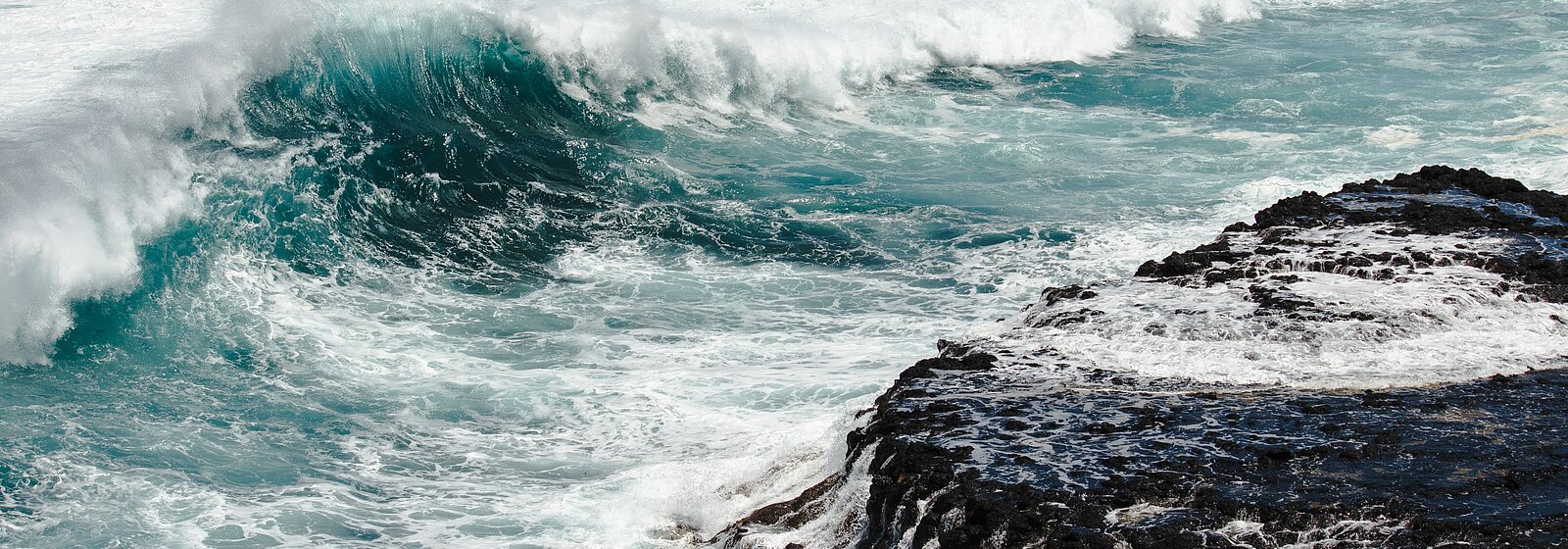December 5, 2019 - by Simone Ulmer
Anyone who has ever taken a walk on the beach knows the phenomenon: foam crowns on the waves. This is, because breaking sea waves capture air and produce bubbles that cluster up as foam. PhD student Petr Karnakov, Postdoc Sergey Litvinov and ETH professor Petros Koumoutsakos from the Computational Science & Engineering Laboratory (CSE Lab) of ETH Zurich have now used the supercomputer ‘Piz Daint’ to investigate how foam is formed and what its formation depends on. The visualization software engineer Jean M. Favre from CSCS has then visualized the simulation results in collaboration with the ETH researchers. The resulting video has now received the prestigious 2019 APS/DFD Gallery of Fluid Motion Award.
Based on their findings, the team suggests that foam is due to the inhibition of bubble coalescence due to the presence of surfactants and other impurities on the water. In addition, the team presents a novel volume-of-fluid method that can distinguish between bubble clustering and coalescence, and has demonstrated its capabilities on the simulations of breaking waves.
(Image on top: Denise Jans on Unsplash)
About Gallery of Fluid Motion:
The Gallery of Fluid Motion is intended to be a visual record of the aesthetic and science of contemporary fluid mechanics, to be shared both with fellow researchers and the general public. Each year, the submissions are judged for their combination of striking visual qualities and scientific interest and the top-ranked video and poster entries are designated as Milton Van Dyke Awardees or Gallery Winners, which are subsequently published in APS' journal Physical Review Fluids.
More information: https://gfm.aps.org/meetings/dfd-2019
